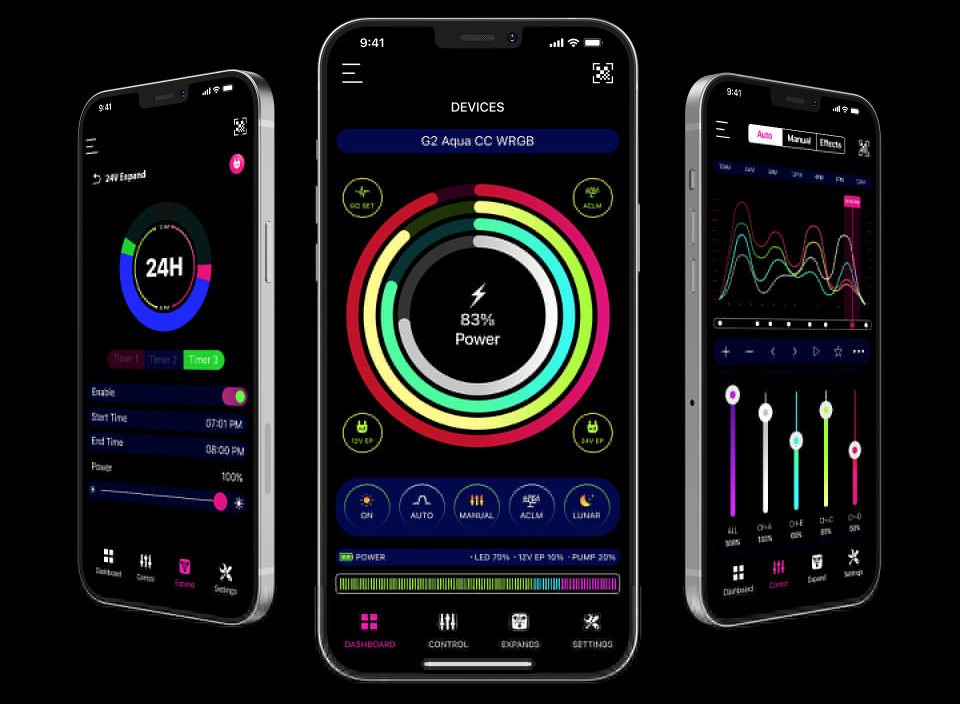Sometimes reefing can really get on our nerves! Here are just ten of the things we really hate about our hobby right now.
When fish jump out
Unfortunately, we’ve all been here, whether it’s a newly purchased tank-bred clownfish, a wrasse, or a hawkfish, our saltwater fish always jump out when we least expect it, and often through the tiniest of gaps. At best it’s annoying and inconvenient, but at worst it may be a much-loved fish, a rare, sought-after species, or a long-term family pet. Even with modern net covers, if there is a space somewhere around the edge, sometimes a fish will find the gap and slip through.
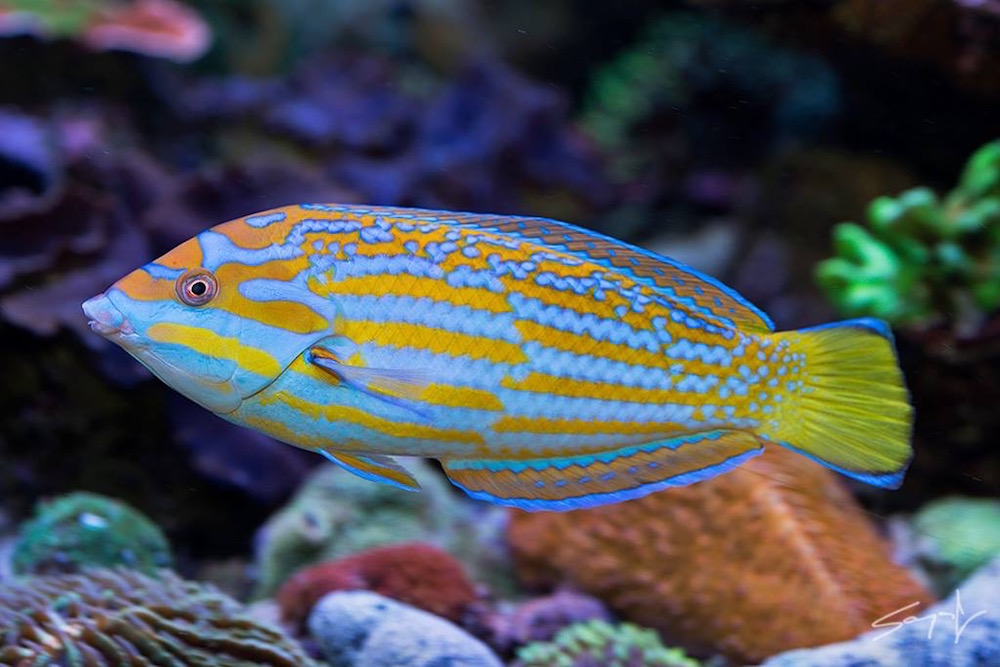
The Ugly Phase
Nuisance algae like Cyano, Diatoms, and Dinoflagellates take so long to deal with these days, due to us starting from fresh with dry rock, and having so little nutrients or biology when we first set up our tanks. Many tanks can take a year before they mature, so add copepods, and bacteria, but better still some rock, sand, and bio media from an established (pest-free,) tank.
When Acros Strip
We all think we are good reefkeepers until some Acropora well and truly put us in our place and either RTN or STN, and strip, leaving a bare, white skeleton as well as a hole in our wallets. Be it flatworms, water chemistry, temperature, bad bacteria, viruses, or disease pathogens, many Acro species need very little excuse to rid themselves of the delicate tissue we covet them for, and be you old, young, a newbie or half a century in, Acropora can and will strip for everyone everywhere, given less than half a chance.
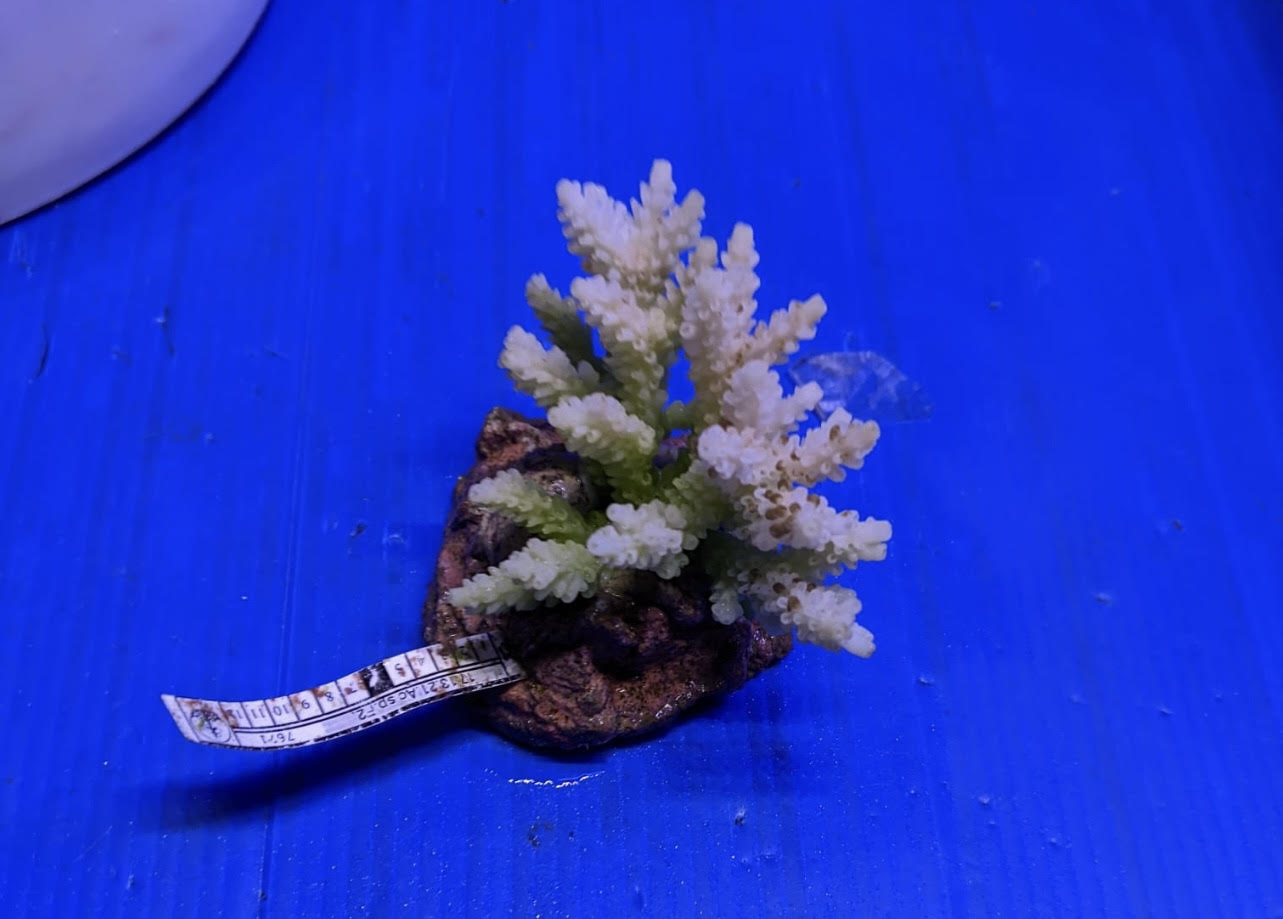
When Your Favorite Fish Aren’t Reef Safe
We have the unfortunate task every weekend in our LFS of dashing new hobbyists’ hopes by telling them all the fish in the store that they can’t have with their corals. There are the large predators like Triggers, Puffers, and Lionfish, but then the beauties like Emperor Angelfish and nearly all Butterflyfish that we tease them with, and then deny them from purchasing. But then there are the oddities like Boxfish, Goatfish, and even those that require specialized feeding like pipefish and dragonettes, and our hopeful new reef aquarists, who entered full of dreams and aspirations leave with some Green Chromis and a pair of Clownfish. Unlike many hobbies, even if the owner has the money and lots of it, they just can’t have the fish they want. It’s a cruel pastime.
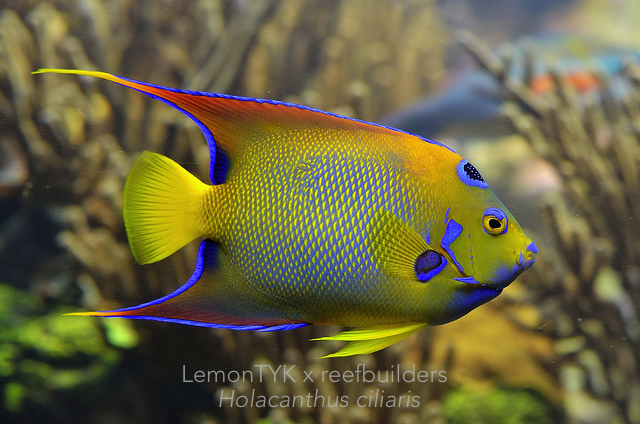
When Fish Get Sick
Virtually every reefkeeper has experienced a sick fish at some point in their hobby and when it happens in a reef tank, there is very little you can do to stop it. Afflictions like Ich and Flukes can wreak havoc on saltwater fish and when your tank is full of rocks the fish can hide in, corals, and mobile invertebrates you either can’t catch them or have to resort to weak, invert safe medications that may or may not work. You didn’t knowingly sign up for months of nuisance algae, dead corals, and fish disease, but it’s all part and parcel of running a reef tank, and not every hobbyist makes it through to the other side.
Being a Slave to Your Tank
Algae wipe, water change, test. Empty the skimmer, fill the top-off, and test. Add buffer, feed corals, remove pests, test, and the list goes on, and if you’re not careful you lose all the enjoyment of viewing what should be a relaxing aquarium and revert to work, stress, and constant maintenance. They say not to chase numbers but to a point, you have to, and the more detailed testing and monitoring becomes, the more anxiety-inducing the hobby can become too. Running a reef tank and enjoying a reef tank is a question of balance, and sometimes less equipment can be more, but someone is always dangling the carrot of automated, hassle-free reefing, and many of us gearheads are keen to experiment with the latest gadgets and end up spending more time watching our sumps than the display tanks above.
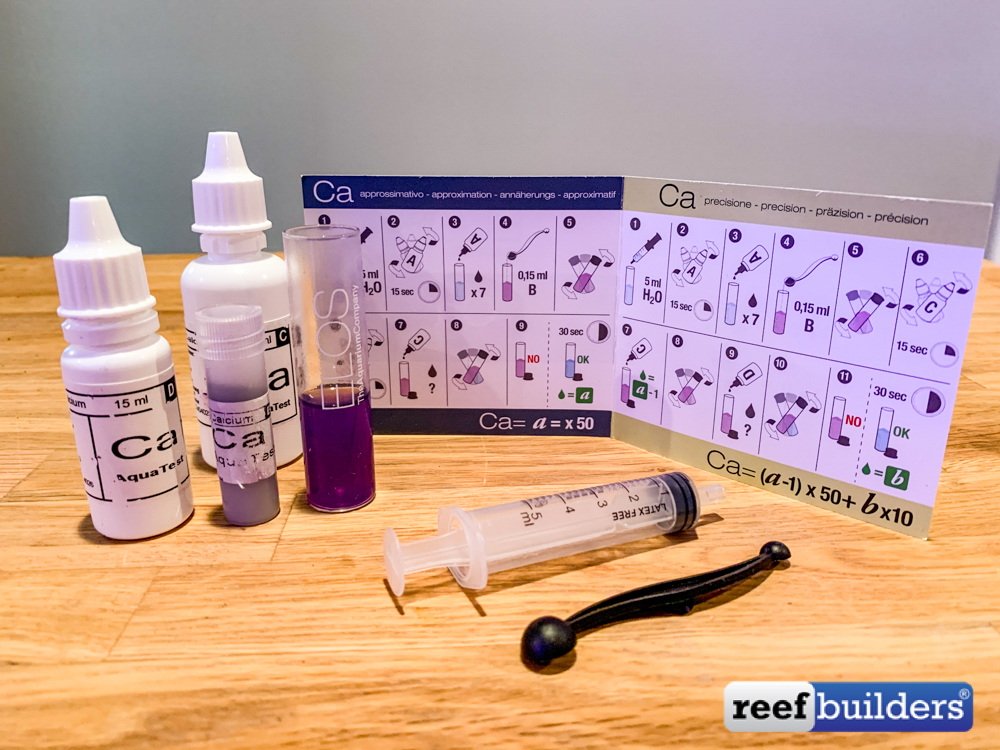
When Rocks Don’t Stick
Aquascaping is an integral part of modern reefing, with myriad materials like epoxy, cement, and superglue in which to fasten rocks together, but we know we aren’t alone when we create the perfect overhang or cave and bond it, only to find out hours later it didn’t stick and the gravity-defying plate or branch falls off. You watched the YouTube video, and you did it just as instructed, but it didn’t work. And now you can’t reuse that now-cured cement or epoxy either. Trying to do that same thing underwater is ten times worse. It’s a first-world problem but it’s so frustrating.
Carrying Heavy Stuff Around
Why is everything in this hobby so heavy? 19mm thick glass aquariums, rock, sand, salt, water, and even boxes full of fish. If you have a bad back reefkeeping may not be for you, and if you’re otherwise healthy, expect a bad back in the future. You can arm yourself with pumps and pipework to move water around, and trollies to move tanks but for many raw materials in reefing, there is no alternative but to lift it.
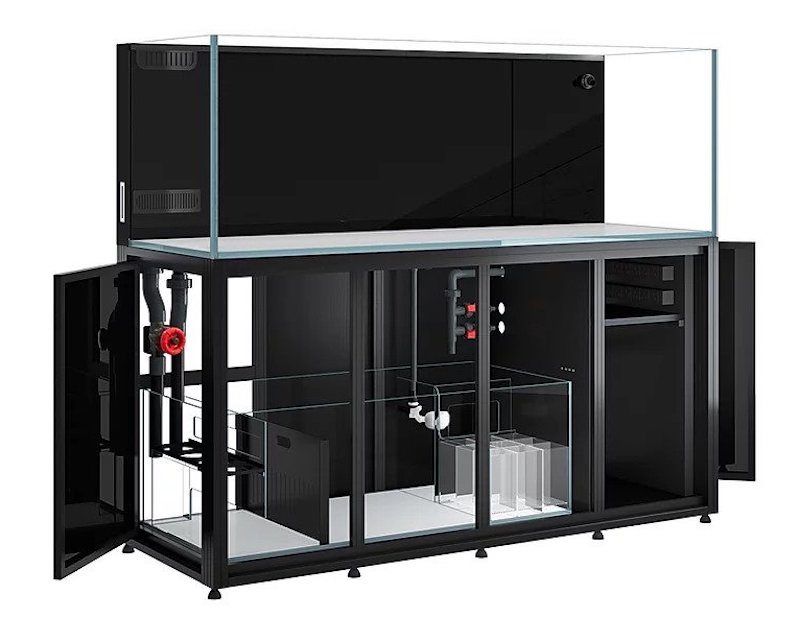
When Frags Don’t Stick
Some things in life were made to test us, and sticking frags is one of them. First of all, you have the job of sticking the freshly cut frag to the frag plug, which even coral farmers get wrong from time to time. Then you have placing the frag on your chosen rock underwater and it just not sticking. Sometimes there is just too much biofilm on the rock for the glue to adhere to and sometimes we ask too much of thirty seconds of cure time and the frag simply falls off or falls over, and worse still is when you find that your newly purchased, super delicate sps frag has fallen off or been knocked off by a critter overnight and is now lying in the mouth of a super stingy LPS coral. No wonder we resort to frag racks so much.
Apps
Here at Reef Builders we embrace marine tech and have built our reputation on it to a larger extent, but we also know just how frustrating it can be when our smart aquarium equipment doesn’t work like it should. Connection is the first thing, with some equipment connecting in seconds when others need a telecommunications engineer just to pair them. And what about all those hidden features that are obvious to the app developer but remain so hidden from us we can’t even get our equipment to go on and off when we’d like it to, or perform simple tasks? Don’t get us wrong, some aquarium equipment apps are brilliant, but many running an LED light or a DC pump are much more involved than they should be, leaving us craving an analog, AC, on-and-off switch.
